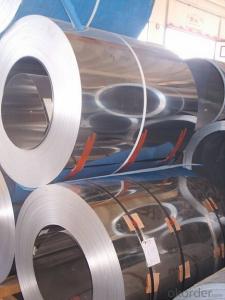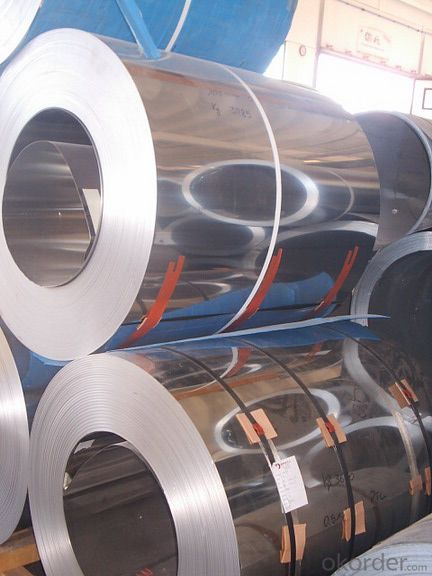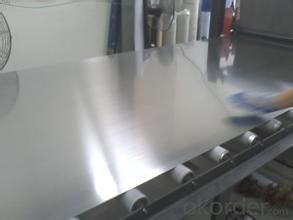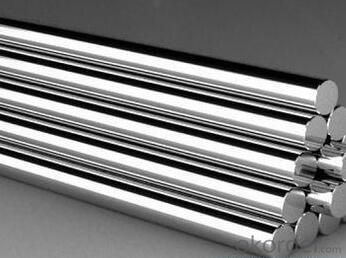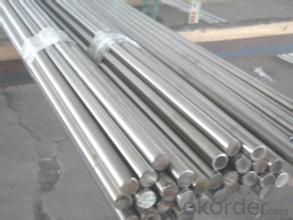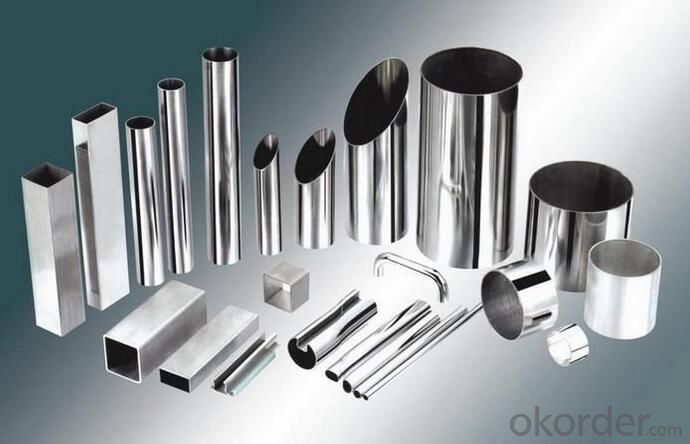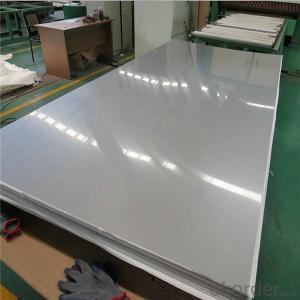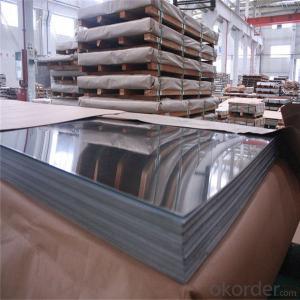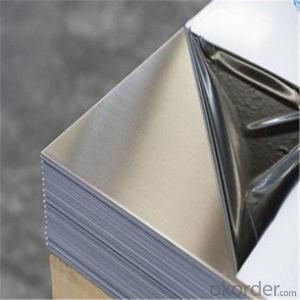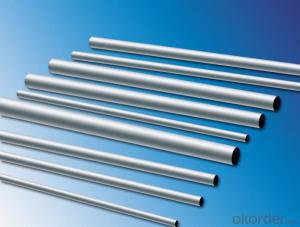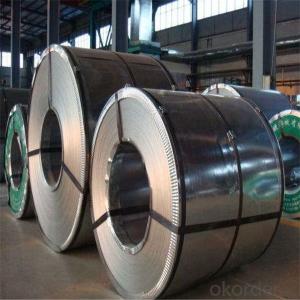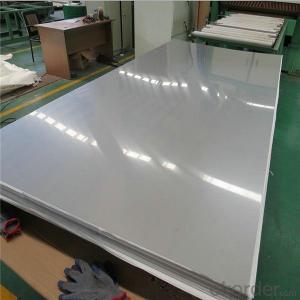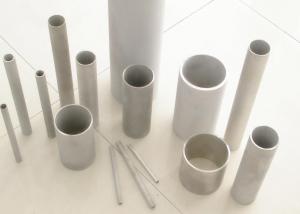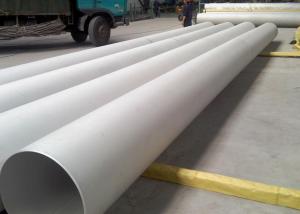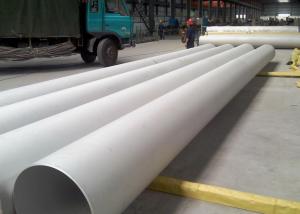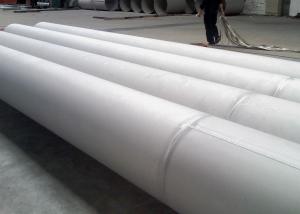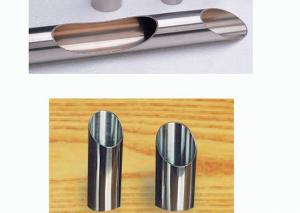ASTM 316L Embossing Stainless Steel Sheet / Stainless Steel Sheet Embossed
- Loading Port:
- Shanghai
- Payment Terms:
- TT OR LC
- Min Order Qty:
- 1 m.t.
- Supply Capability:
- 20000 m.t./month
OKorder Service Pledge
OKorder Financial Service
You Might Also Like
Specification
ASTM 316L Embossing Stainless Steel Sheet / Stainless Steel Sheet Embossed
Packaging Details:Wooden pallets,water proof paper-20'GP or 40'GP for stainless steel sheet.
Delivery Detail:within 5-7 days after receiving the deposit
1. Specifications about stainless steel sheet
Commodity | Professional 430 201 202 304 304l 316 316l 321 310s 309s 904l stainless steel sheet |
Grade | 201,202,304,304L,316,316L,310S,309S,321,301,310,410,420,430,904L |
Brand | TISCO ,BAOSTEEL,POSCO,JISCO,LISCO |
Certification | SGS,BV,IQI,TUV,ISO,etc |
Thickness | 0.2mm-150mm |
Width | 1000,1219,1250,1500mm, or as your requirements |
Length | 2000,2438,2500,3000,6000mm, or as your requirements |
Surface | No.1, 2B, BA, 8K Mirror, Hairline,satin, Embossed,brush,No.4,HL,matt,pvc film,laser film. |
Standard | ASTM,AISI,SUS,JIS,EN,DIN,GB, ASME,etc |
Delivery time | 5-7 days after confirming the order |
MOQ | 1 Ton |
Advantages | Showing the splendor of your quality, wearresistant as well , strong corrosion resistance and decorative effect, durable and beautiful in good taste. |
2.Production Flow about stainless steel sheet
Raw materials are sending to hot rolling units for rolling into different sizes
Hot rolled material is annealing in cold; rolled annealing furnace and pickling in acid.
All mill rolls are grinded on precision grinding machine with proper chamfering after first shiftoperation.
All sheets are pickled in different tanks and dried on brush roll machine before dispatched.
These sheets are again annealing and are sent to straighten machine for straightening.
Inspections are done at various stages. Keep proper control overall internal process via rolling,annealin and pickling by our experienced staff.
3.Surface--stainless steel sheet
| Surface Finish | Definition | Application |
| 2B | Those finished, after cold rolling, by heat treatment, pickling or other equivalent treatment and lastly by cold rolling to given appropriate luster. | Medical equipment, Food industry, Construction material, Kitchen utensils. |
BA/8K mirror | Those processed with bright heat treatment after cold rolling. | Kitchen utensils, Electric equipment, Building construction. |
| NO.3 | Those finished by polishing with No.100 to No.120 abrasives specified in JIS R6001. | Kitchen utensils, Building construction. |
| NO.4 | Those finished by polishing with No.150 to No.180 abrasives specified in JIS R6001. | Kitchen utensils, Building construction, Medical equipment. |
| Hairline | Those finished polishing so as to give continuous polishing streaks by using abrasive of suitable grain size. | Building Construction. |
| NO.1 | The surface finished by heat treatment and pickling or processes corresponding there to after hot rolling. | Chemical tank, pipe. |
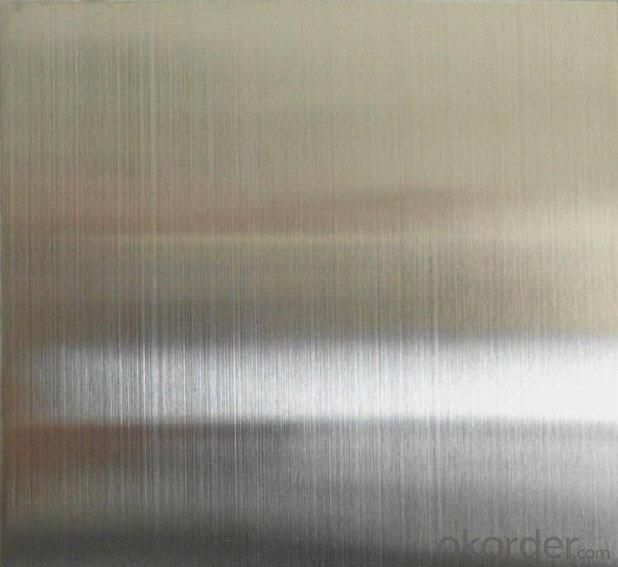
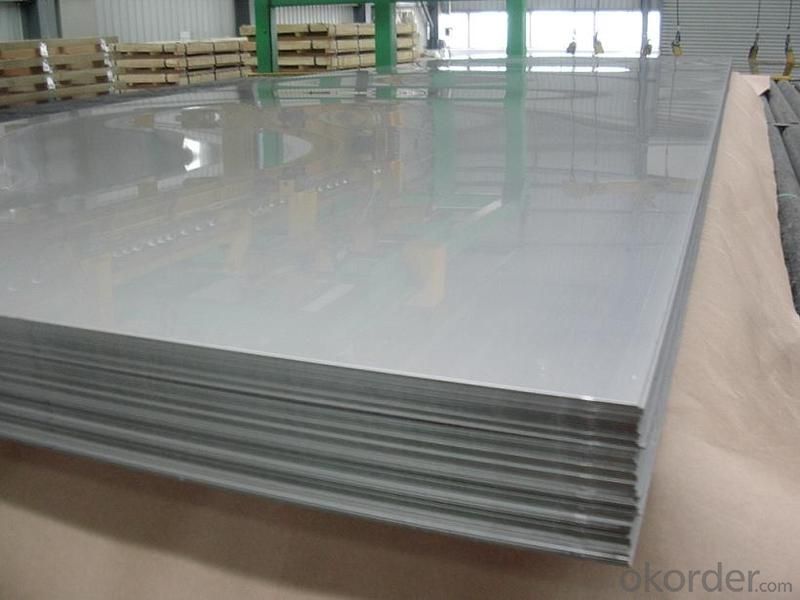
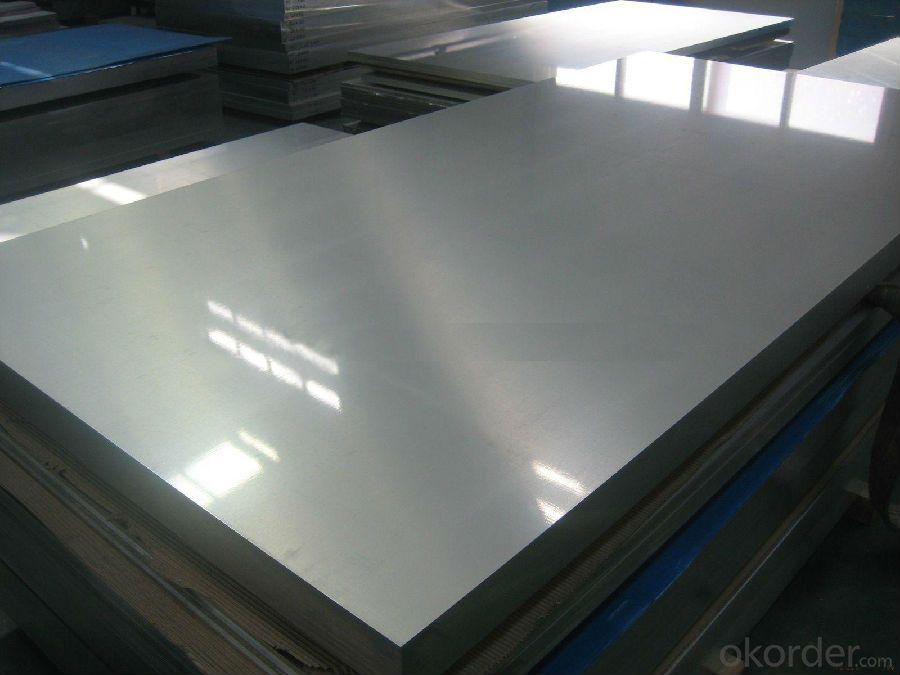
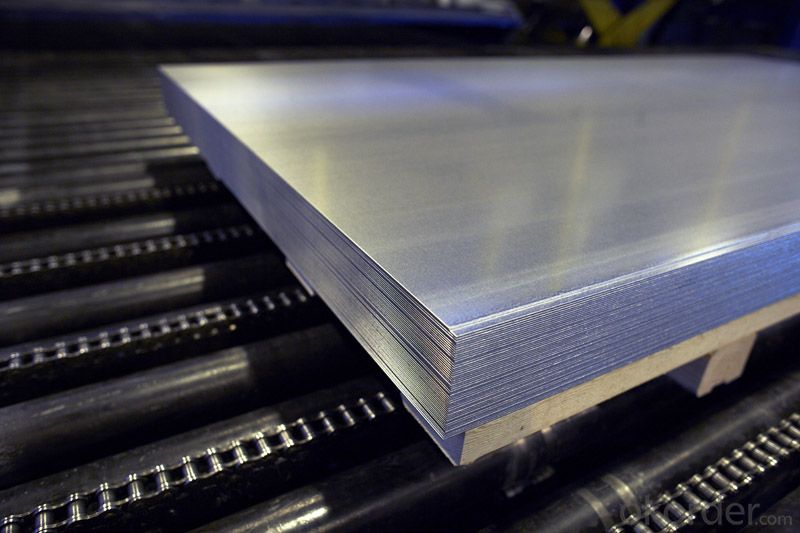
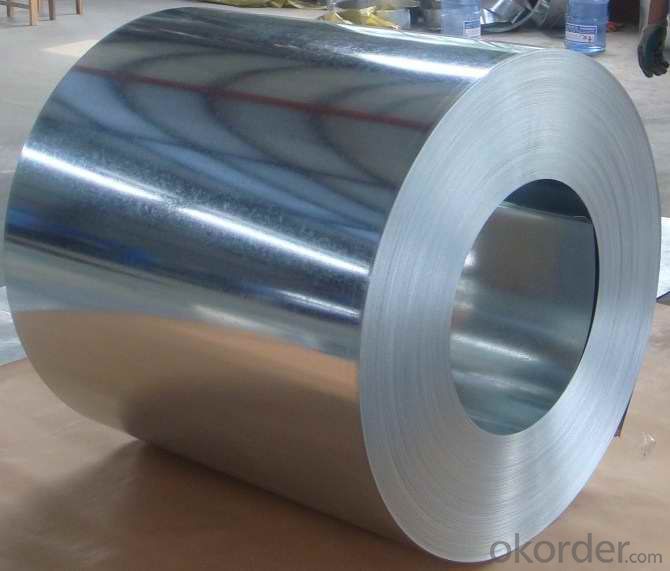
- Q: How do I prevent rusting on stainless steel sheets?
- To prevent rusting on stainless steel sheets, there are several steps you can take: 1. Keep the surface clean: Regularly clean the stainless steel sheets using a mild detergent or stainless steel cleaner. This will help remove any dirt, grime, or contaminants that could lead to corrosion. 2. Avoid abrasive cleaners: Avoid using harsh or abrasive cleaners, as they can scratch the surface of the stainless steel, making it more susceptible to rusting. Stick to non-abrasive cleaning solutions and soft cloths or sponges. 3. Remove rust promptly: If you notice any signs of rust on the stainless steel sheets, it is important to address it immediately. Use a stainless steel cleaner or a mixture of vinegar and water to gently remove the rust. Rinse thoroughly and dry the surface afterwards. 4. Protect against moisture: Stainless steel is resistant to rust, but it can still corrode in the presence of moisture. To prevent this, ensure that the stainless steel sheets are properly installed and sealed to protect against water or moisture infiltration. Avoid leaving standing water on the surface and promptly dry any spills or moisture. 5. Apply a protective coating: Consider applying a protective coating to the stainless steel sheets to provide an extra layer of protection against rust. There are various sealants and coatings available specifically designed for stainless steel that can help prevent corrosion. 6. Regular maintenance: Regularly inspect the stainless steel sheets for any signs of damage, rust, or corrosion. Address any issues promptly to prevent further damage. Additionally, perform routine cleaning and maintenance to keep the surface in optimal condition. By following these preventive measures, you can significantly reduce the chances of rusting on stainless steel sheets and maintain their longevity and aesthetic appeal.
- Q: Can stainless steel sheets be used for outdoor furniture or fixtures?
- Yes, stainless steel sheets can be used for outdoor furniture or fixtures. Stainless steel is highly resistant to corrosion, making it a suitable material for outdoor applications. It is durable, weather-resistant, and can withstand harsh environmental conditions. Additionally, stainless steel has an attractive appearance and can be easily cleaned and maintained, making it an ideal choice for outdoor furniture or fixtures.
- Q: How do you remove stains or marks from stainless steel sheets?
- To remove stains or marks from stainless steel sheets, you can start by wiping the surface with a soft cloth or sponge dipped in a mixture of warm water and mild dish soap. Gently scrub the affected area in the direction of the grain, then rinse with clean water and dry thoroughly. For tougher stains, you can apply a paste of baking soda and water, leave it on for a few minutes, and then scrub gently before rinsing and drying. Avoid using abrasive cleaners or scrub brushes that can scratch the stainless steel surface.
- Q: What are the different types of stainless steel sheet surface patterns for architectural purposes?
- Architectural purposes often call for the use of various surface patterns on stainless steel sheets. These patterns are achieved through different techniques, resulting in distinct appearances. Here are some of the popular surface patterns: 1. Brushed: By using a fine abrasive material, the stainless steel sheet is brushed to create a smooth texture with visible brush lines in one direction. This sleek and contemporary pattern is widely favored. 2. Mirror: Achieved by polishing the stainless steel sheet to a high shine, the mirror surface pattern reflects light like an actual mirror. It is commonly chosen for applications where aesthetics and visual impact are important. 3. Embossed: The surface of embossed stainless steel sheets features a raised pattern or design. This is achieved by pressing the sheet between rollers engraved with a specific pattern. It adds texture and depth to architectural applications. 4. Perforated: Perforated stainless steel sheets have evenly distributed small holes or perforations. These can come in various shapes and sizes, allowing for airflow, light transmission, and decorative effects. Façades, screens, and decorative elements often utilize perforated stainless steel sheets. 5. Etched: Etched stainless steel sheets feature designs or patterns that are chemically etched onto the surface. An acid-resistant material is applied and then selectively removed with acid, leaving behind intricate and detailed designs. This pattern is ideal for artistic and decorative purposes. 6. Hammered: Hammered stainless steel sheets have a textured surface resembling hammered metal. This effect is achieved by using a special hammer or mallet to create indentations and surface irregularities. It adds a rustic and handcrafted look to architectural projects. These examples showcase the variety of stainless steel sheet surface patterns commonly used in architecture. Each pattern possesses its own visual and textural qualities, enabling designers and architects to choose the most suitable option for their specific project requirements.
- Q: Can stainless steel sheets be used for architectural column covers?
- Certainly, architectural column covers can indeed utilize stainless steel sheets. The selection of stainless steel is frequently made due to its commendable qualities of durability, resistance to corrosion, and its appealing aesthetic. Such a material can impart a sophisticated and contemporary appearance to architectural structures. Furthermore, stainless steel is obtainable in a range of finishes, including brushed or polished, enabling customization and facilitating design flexibility. The fabrication and installation of stainless steel sheets as column covers is a straightforward process, offering both protection and ornamentation to the structural columns within architectural endeavors.
- Q: Are stainless steel sheets suitable for water tanks?
- Stainless steel sheets are indeed a great option for water tanks. Their resistance to corrosion makes them perfect for water storage. They won't react with the water or introduce any harmful substances into it. Additionally, stainless steel tanks are durable, require little maintenance, and have a long lifespan. They can handle high temperatures and extreme weather conditions without compromising their structural integrity. Moreover, stainless steel is non-porous, preventing the growth of bacteria and algae. These outstanding characteristics make stainless steel sheets a superb choice for water tanks in different settings, such as residential, commercial, and industrial environments.
- Q: How do I install stainless steel sheets?
- To install stainless steel sheets, start by measuring and marking the area where the sheets will be installed. Next, ensure the surface is clean and free from dust or debris. Apply a strong adhesive or use screws to secure the sheets to the surface, making sure they are aligned properly. If needed, cut the sheets to fit using appropriate tools such as a metal shear or circular saw with a metal-cutting blade. Finally, ensure all edges and seams are properly sealed to prevent water or moisture infiltration.
- Q: Can stainless steel sheets be welded?
- Yes, stainless steel sheets can be welded. Stainless steel is a versatile material that can be welded using various welding techniques such as TIG (Tungsten Inert Gas) welding, MIG (Metal Inert Gas) welding, or spot welding. However, the specific type of stainless steel and the thickness of the sheet will determine the most suitable welding method. It is important to ensure proper surface preparation, cleanliness, and the use of appropriate filler materials to achieve a strong and durable weld. Additionally, stainless steel has a higher thermal conductivity compared to other metals, so it may require more precise control of heat input during the welding process to prevent distortion or warping of the sheet.
- Q: Can stainless steel sheets be used in the medical industry?
- Yes, stainless steel sheets can be used in the medical industry. Stainless steel is a popular material choice in the medical field due to its excellent corrosion resistance, high strength, and durability. It is commonly used for a variety of applications, including medical instruments, surgical tools, dental equipment, implants, and medical equipment. Stainless steel sheets are also easy to clean and sterilize, making them ideal for maintaining hygienic conditions in medical environments. Additionally, stainless steel is biocompatible, meaning it is compatible with human tissues and does not cause any adverse reactions, making it a safe choice for medical applications. Overall, stainless steel sheets are highly suitable for use in the medical industry due to their numerous beneficial properties.
- Q: Can stainless steel sheets be used for stadium seating?
- Yes, stainless steel sheets can be used for stadium seating. Stainless steel is a durable and corrosion-resistant material, making it suitable for outdoor applications like stadium seating. It can withstand the elements, including rain, snow, and UV rays, without deteriorating or rusting. Stainless steel sheets can be fabricated and formed into various seating structures, providing a sturdy and long-lasting seating solution for stadiums. Additionally, stainless steel has an aesthetic appeal and can be finished in different ways to enhance its visual appearance, further adding to the overall design of the stadium.
Send your message to us
ASTM 316L Embossing Stainless Steel Sheet / Stainless Steel Sheet Embossed
- Loading Port:
- Shanghai
- Payment Terms:
- TT OR LC
- Min Order Qty:
- 1 m.t.
- Supply Capability:
- 20000 m.t./month
OKorder Service Pledge
OKorder Financial Service
Similar products
Hot products
Hot Searches
Related keywords
